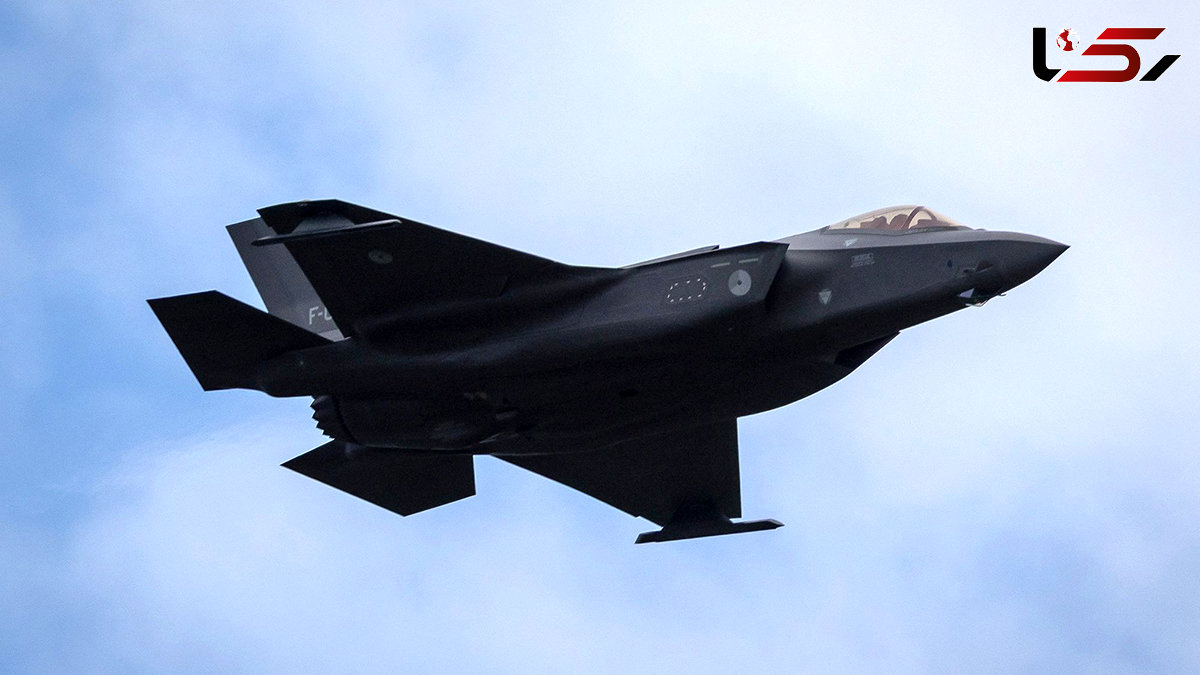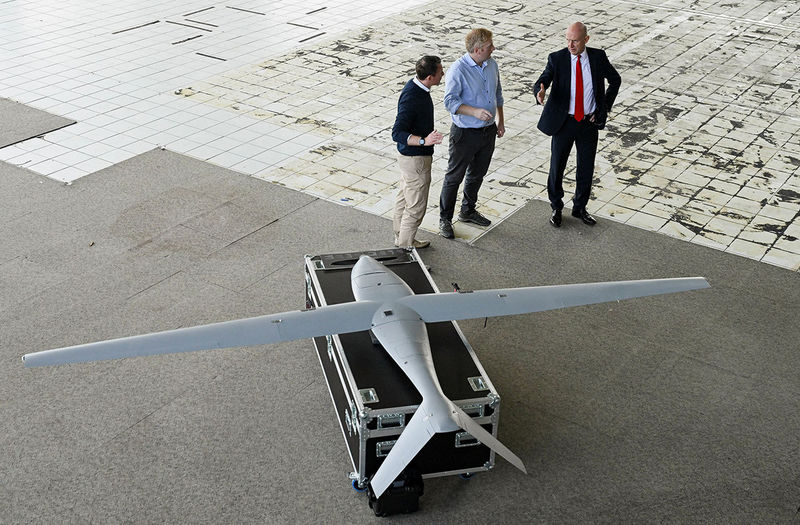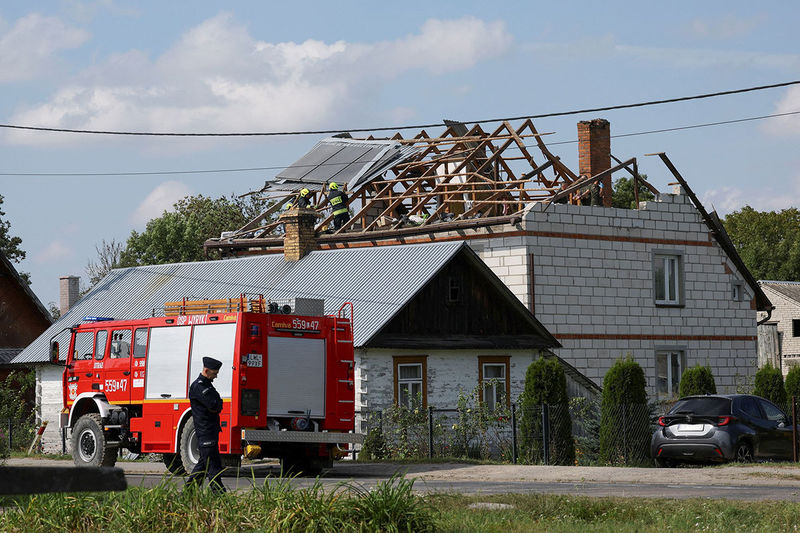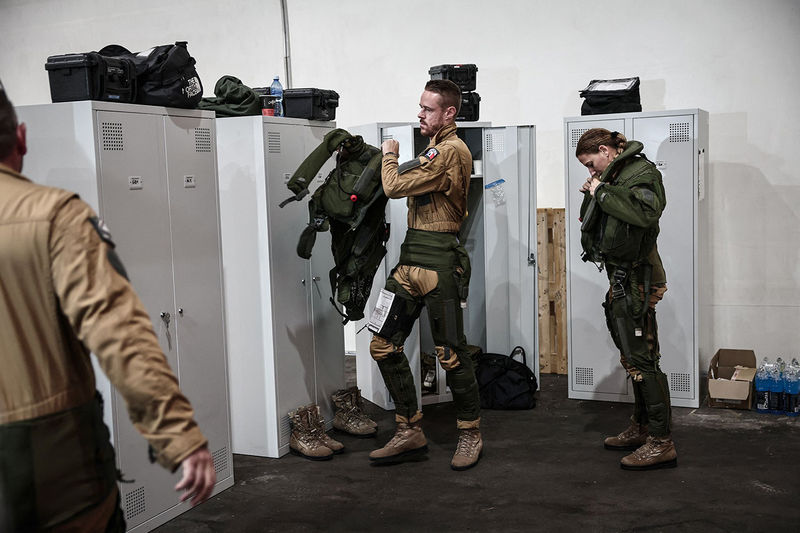NATO Faces Urgent Challenge: Can It Keep Pace with Russia’s Expanding Drone Arsenal?
Rokna Political Desk: As Russia’s drone attacks grow in frequency and scale, NATO faces mounting pressure to innovate faster and develop cost-effective defenses against the escalating aerial threat.

According to Rokna, citing CNN, days after the wail of air-raid sirens and the roar of NATO jets interrupted a late-summer night in eastern Poland, Europe is grappling with a critical question: whether Moscow deliberately sent nearly two dozen drones into NATO airspace, and what the alliance’s response reveals about its ability to handle such threats in the long term.
If, as Polish authorities believe, this was a test of NATO defenses, it proved remarkably inexpensive for Russia. Fragments recovered from the drones—identified as Gerbera models made of plywood and Styrofoam—suggest production costs of roughly $10,000 each, according to Ukraine’s defense intelligence.
In contrast, NATO dispatched multimillion-dollar F-16 and F-35 jets to intercept the drones. While effective, the operation likely cost tens of thousands in fuel and maintenance. “The cost asymmetry doesn’t work,” said Robert Tollast, a researcher at London’s Royal United Services Institute (RUSI). He noted that NATO can counter large-scale drone threats, citing Israel’s response to Iranian attacks, but the high cost renders this approach unsustainable.

Many experts argue that Western defense systems were not initially designed to tackle asymmetric drone threats. Johannes Pinl, CEO of UK-based MARSS, emphasized that the technology exists, such as AI-enabled reusable interceptor drones, but NATO procurement processes remain slow, still relying on outdated methods from the 1980s.
The war in Ukraine has accelerated the development and adoption of drone technology. Startups like Portugal’s Tekever and Latvia’s Origin Robotics are scaling production and introducing new systems, from surveillance drones to AI-powered interceptors. The UK’s Royal Air Force has incorporated Tekever’s AR3 drones into its electronic warfare capabilities, and production is expanding with a new factory set to create 1,000 jobs.

Even the U.S. Department of War is accelerating its drone capabilities, removing bureaucratic obstacles and empowering field units to procure and operate small, lethal drones. Experts suggest a “high-low mix” of expensive, high-end systems and cheaper experimental interceptors may be the key to effective defense.

Russia, meanwhile, continues to mass-produce drones. According to Ukrainian intelligence, its Tatarstan factory now produces 5,500 drones monthly, including Geran and Gerbera models. Recent attacks saw over 800 drones fired at Ukraine in a single night. Companies like Norway’s Nammo are responding by producing higher volumes of affordable missiles to match the scale of incoming threats.
Nammo’s CEO Morten Brandtzaeg warned policymakers: “We are just at the beginning of ramping up capacity. Don’t assume we’ve done enough.”
Send Comments